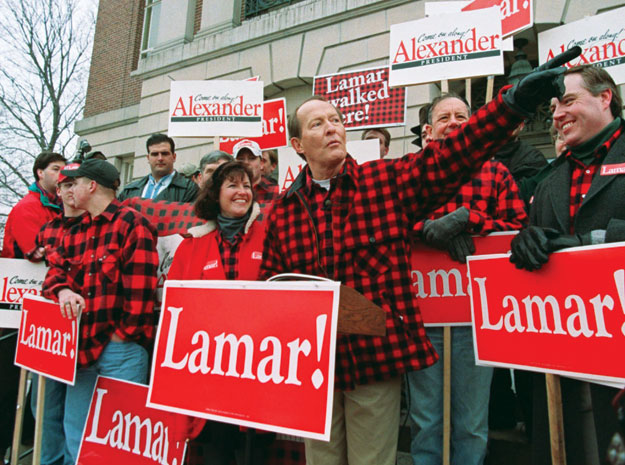And now for something completely different.
Yes, I am about to praise an article published by The Daily Beast.
Yes, I know this is a first-person article, written in a magazine-journalism style.
Yes, I know that it is a work of advocacy journalism, one written by a scribe who describes her point of view as that of the “post-religious Americans.”
Nevertheless, Hannah Seligson’s “The Me, Me, Me Wedding: How America is exporting its Bridezilla culture” contains all kinds of news hooks — for American newsrooms and those elsewhere — and is packed with interesting reporting as well as commentary on what can happen when the credit-card world of American materialism, literally, marries the world of the so called “nones” (that’s the religiously unaffiliated folks in that famous Pew Forum study).
My journalistic question, in this case, is why we are not seeing more hard, factual news coverage of some of these issues. Surely we are past the point where male-dominated newsrooms automatically think of stories involving weddings, families and money as pure “style” pieces?
Seligson opens, as magazine pieces often do, with an anecdote about her own not-so-old-fashioned wedding and her attempts to honor the beliefs of her parents and others:
In the best possible way, our wedding wasn’t about us. … It was about honoring thousands of years of Jewish tradition and providing some nachas, the Yiddish term for parental joy, to our parents, grandparents, and other assorted relatives and guests. The most basic parental dictum we heeded was no shellfish and no meat to meet my parents’ dietary restrictions, even though neither my husband nor I keep kosher or are vegetarians.
Now that’s a personal specific, a symbolic detail. What’s the big theme here, the one I think deserves more news attention? Spot the hot terms in this summary material:
In many pockets of 21st-century America, the idea of the wedding as something communal is anathema — a relic from a bygone era or the realm of the devoutly religious. Nuptials today are defined by your Pinterest board, of which there are a multiplying number of wedding-related ones, three-day destination extravaganzas, and $200 spoons from Michael C. Fina. So, many American weddings have evolved into a fixation with material details, trials of abject devotion by members of the wedding party, and resigned acceptance of bridal crusades for perfection that threaten to crush all in their path. Because, well, you deserve it — it’s your day.
Now we have exported our unique brand of the “me, me, me” consumer-driven wedding-mania outside our borders.
Here come the facts. In China, she notes, the average middle-class wedding costs more than the income grandparents once earned in their lifetimes, something like $12,000 — a year’s disposable income a family in places like Beijing and Shanghai. The average cost of a wedding is up 270 percent in South Korea is about 13 years.
What’s the bottom line in all of this?
Simply stated, radical individualism and raw materialism have become much more important than beloved communities, the bonds of faith and the blood ties that bind. People used to have weddings the size of their parishes, neighborhoods or even towns — but those events were created by entire communities, not the credit cards of one dad.
This is long, and heavy, but essential. Maybe this could be a business page feature?
It’s important to remember that it hasn’t always been this way. “Not so long ago, marriage was the way that we recognized young people as fully adult participants in a larger religious, civic, and familial community,” says Kay Hymowitz, a senior fellow at the Manhattan Institute and author of Manning Up: How the Rise of Women Has Turned Men Into Boys. “Today, marriage is a status capstone; it celebrates the glamorous bride’s bobo achievements, which includes a loving relationship. (Oh yes, and the groom’s too.)” To be sure, Americans aren’t the first to focus on materialism or status when it comes to weddings: in India, there has long been the tradition of dowries, but now they just come in the form of an Aston Martin or a new racing pony instead of a flock of goats. But in the U.S. we have taken the wedding materialism and layered on it a sheet of narcissism and self-centeredness, messages that certainly resonate in a country already prone to rugged individualism.
It’s no accident that the culture of catering to the bride has fueled the burgeoning wedding industry, and vice versa. Peggy Olson or Don Draper couldn’t have conceived a better marketing slogan than “This is your day” — the kind of tagline that so deeply, and reliably, influences
consumer behavior. That simple phrase alone drives the billion-dollar wedding industry, pushing the cost of the average wedding in the U.S. in 2012 to $28,427, according to TheKnot.com.
I also (hello Pastor Rick Warren, who is a GetReligion reader) loved the final wave of this pro-family, pro-community, DIY/DIT manifesto:
So I say this: let your dad give a toast, even if you know it’s going to be rambling and off-color; dance with your mom; indulge your spouse, as my husband did for me and agreed to be lifted up in a chair and bounced up and down, even though he found it to be a spectacle. Because, ultimately, it’s not about you.
Just sayin’.











